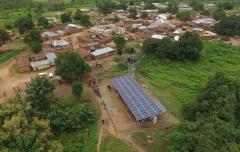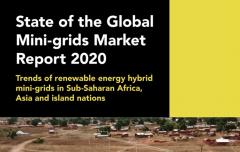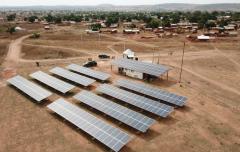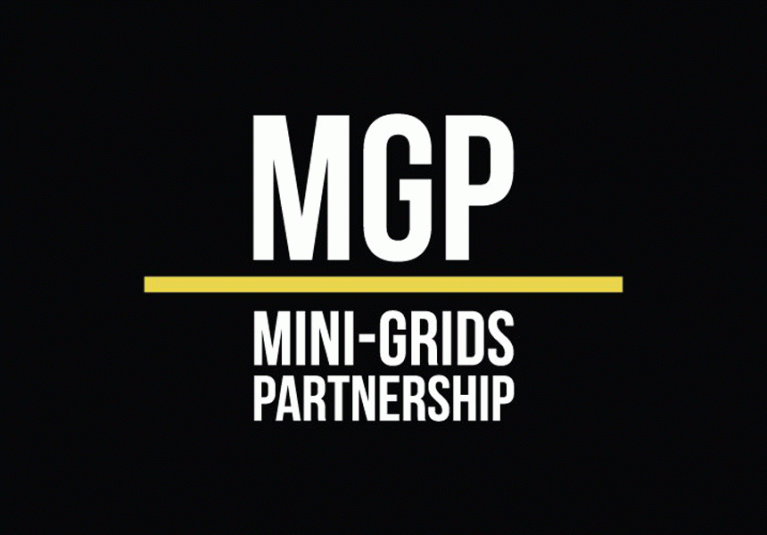State of the Global Mini-Grids Market Report 2024
The State of the Global Mini-Grids Market Report 2024 provides comprehensive insights on the global mini-grid market and highlights key trends in the sector. This research provides a definitive source of information to mobilize investment in the mini-grid sector and serves as a benchmark to allow decision makers to measure progress in the sector.
Key findings include:
- The number of mini-grid installations has grown six times since 2018.
- Between 2018 and 2024 there was a significant decline in the share of diesel capacity in mini-grids, plummeting from 42% to 29%. In contrast, the share of solar PV systems has seen a remarkable increase, rising from 14% to 59% during the same period.
- There have been substantial increases in funding for the mini-grid sector over the past 15 years, with Sub-Saharan Africa being the primary recipient of funding from private investors, governments and development partners.
- Two key financial trends are evident: a significant rise in total committed funding, exceeding USD 2.5 billion in 2023, and a sixfold increase in private investment from less than USD 100 million in 2015 to nearly USD 600 million in 2022.
- The declining costs of mini-grid components, including PV modules, inverters, batteries, battery inverters and smart meters, have significantly enhanced the financial viability of mini-grid projects.
- Several governments are tailoring regulatory processes for different mini-grid scales to enhance flexibility and reduce costs.
- Cost recovery tariffs, using a cost-based formula for calculating revenue requirements, have become common in mini-grid markets, including countries like Ethiopia, Kenya, Nigeria, Tanzania and Zambia.
- Recommendations for further increasing financial commitments and disbursements for mini-grids include: making grants easier to access; de-risking investments through regulation and contracting; and enhancing efficiency and collaboration to boost disbursement rates of committed finance.
The report was developed by the Mini-Grids Partnership, which is led by SEforALL as its Secretariat. It was produced with funding from UK aid from the UK government via the Transforming Energy Access platform.





